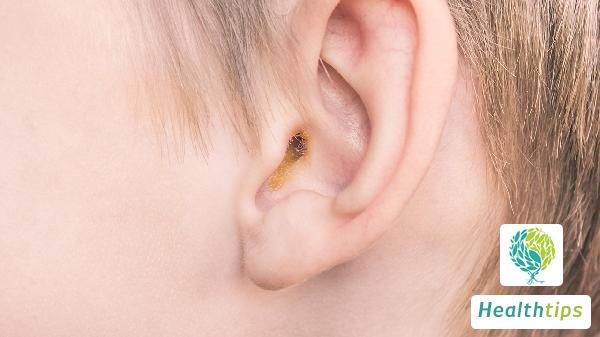What are the transmission routes of hepatitis B "big three positives"?
Understanding the Transmission Routes of Hepatitis B Big Three Positive
Big three positive, colloquially known as hepatitis B big three positive, is characterized by a notably high incidence rate within China. During this stage, the condition exhibits strong infectivity, posing a considerable threat to both patients and those in their immediate vicinity. Consequently, patients are advised to adopt appropriate protective measures, while their relatives and acquaintances should promptly undergo vaccination to prevent the spread of the virus. Let's delve into the various transmission routes of hepatitis B big three positive.

Routes of Transmission
1. Sexual Contact Transmission
For individuals with hepatitis B big three positive, the absence of adequate protective measures during sexual activities can lead to transmission. Therefore, it is crucial for such patients to take necessary precautions during sexual encounters.
2. Mother-to-Child Transmission
If a pregnant woman is infected with hepatitis B big three positive, the virus can be transmitted through the placenta. Additionally, there's a risk of transmission during childbirth through the birth canal. Hence, women with hepatitis B big three positive should prioritize protective measures before, during, and after pregnancy.
3. Iatrogenic Transmission
When medical equipment contaminated by hepatitis B patients is not properly disinfected or handled during medical procedures, it can result in the transmission of the hepatitis B virus. This is particularly prevalent in smaller clinics and irregular hospitals. To prevent infection with big three positive, it's essential to choose reputable hospitals for medical treatment or examinations.
4. Blood Transmission
Individuals who do not have hepatitis B and receive blood or blood products contaminated by hepatitis B patients due to illness or transfusion are at risk of contracting the virus. Hepatitis B virus commonly resides in the blood of infected patients. If an uninfected person has wounds on their skin and comes into contact with the blood of an infected patient, there's a high chance of transmission.
5. Close Contact Transmission
This type of transmission primarily occurs within households or public settings. Both hepatitis B patients and virus carriers have the hepatitis B virus present in their blood, semen, vaginal secretions, etc. If these bodily fluids contaminate daily utensils and supplies, it can lead to the transmission of the virus.



















